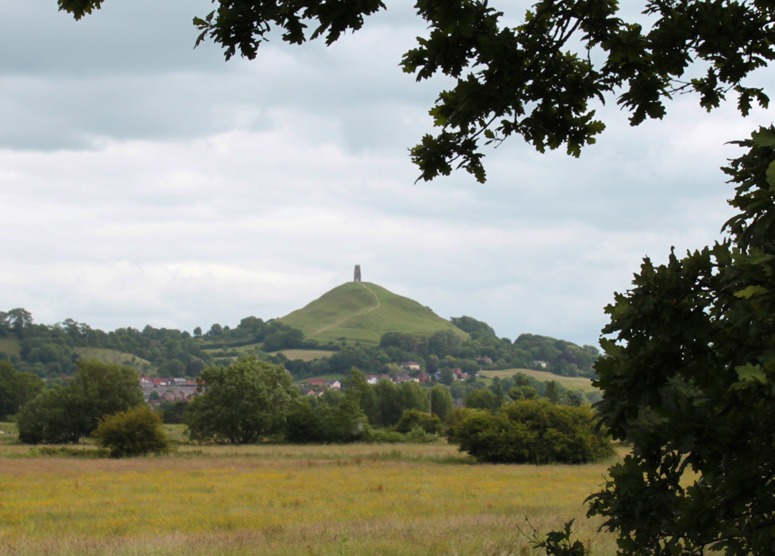Glastonbury Tor is a sacred place, in the same region (the Somerset Levels) as the oldest engineered road in north Europe, the Sweet Track (tree-ring dating establishes the construction date at 3806 BCE). Physically, Glastonbury Tor resembles Silbury Hill. My view (see evidence below) is that it has been a sacred site since Neolithic times. European Christianity grew in opposition to paganism, banning garden luxury and felling sacred trees, but was willing to take advantage of the sacred sites and to use them as sites for church building. We can therefore see some connection with the animism of Central Asia and the custom of building temples on hills and mountains.
The National Trust conservation statement for Glastonbury Tor summarizes what is known of Glastonbury Tor’s history as follows:
1.2. RESEARCH AND CURRENT UNDERSTANDING OF THE SITE
Later Neolithic 2900-2200BC, flint and stone artefacts found from this period. later Bronze Age 1400-600BC. Very little known about this period. Romano-British 43AD-410AD. Prehistoric and Roman finds- early and late Roman pottery.
Dark Age centred on 600 AD, timber building, evidence of metal workings, substantial metal working, Roman Samian pot shards.
Late Saxon-early Medieval 600-1066 AD, monastic settlement, possible wooden church.
Medieval 1066-1485 AD, two or more successive stone churches on summit. Priest’s house and other buildings on shoulder.
Tudor 1485-1603. Very little known about this period.
Stuart 1603-1714. Very little known about this period.
Hanover 1714-1901, rebuilding of the tower in 1848. The 1821 rates map and 1844 tithe map show Tor field (the lower enclosed fields?) were used for arable crops well into the 19th century. St Michaels Tower restored.
1933 National Trust acquires Tor field with St Michaels Tower.
1948 further restoration works on the St Michaels Tower.


I wonder what the line is? At what point does luxury become immoral? How do individuals and groups decide what is the appropriate amount of resources to consume? [http://www.estate-gardens.com/portfolio/index.html]
Maybe ‘the line’ is also known as ‘the United States border’! I am planning a future post on American garden design.
This is an interesting article on adopting a climate approach to garden design by the former head gardener of the Jerusalem Botanical Gardens.[http://ezinearticles.com/?Garden-Design-in-Dry-Climates-Reducing-the-Size-of-the-Lawn&id=1284112]